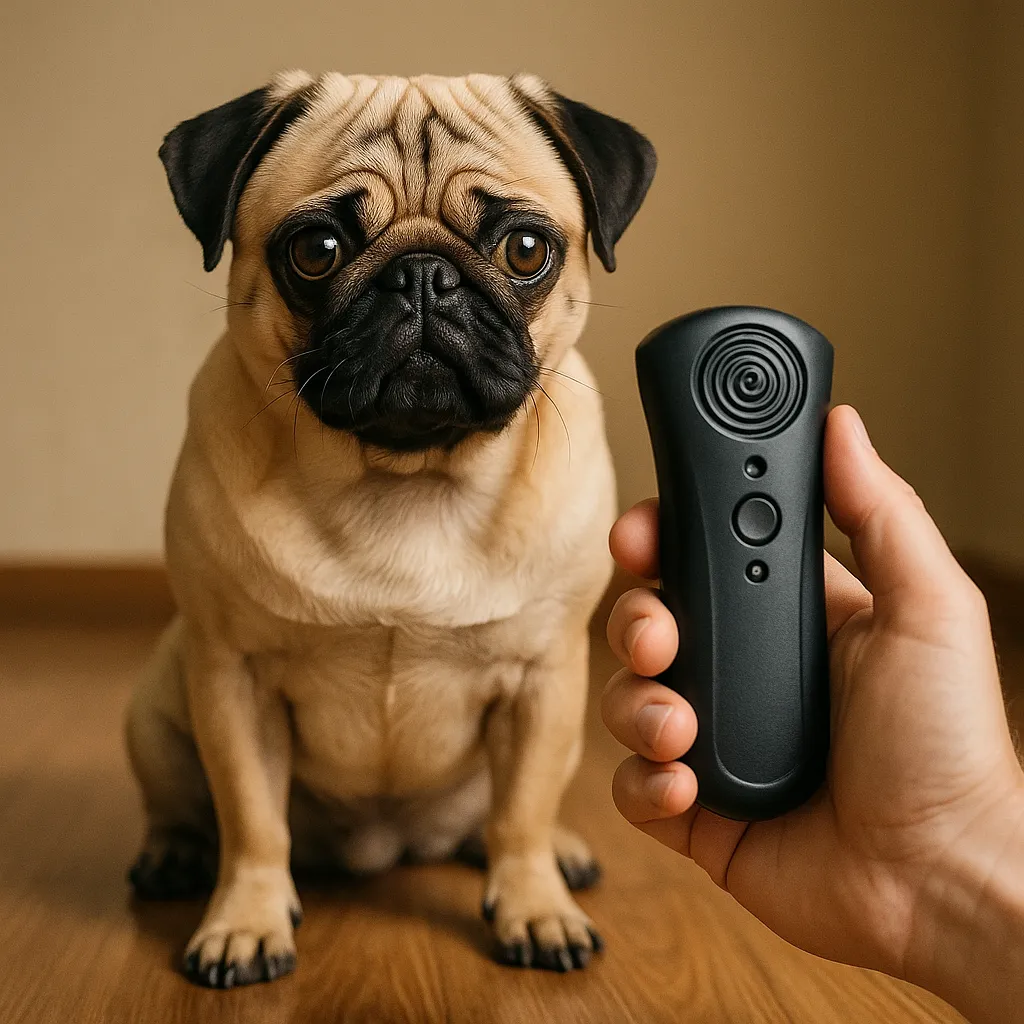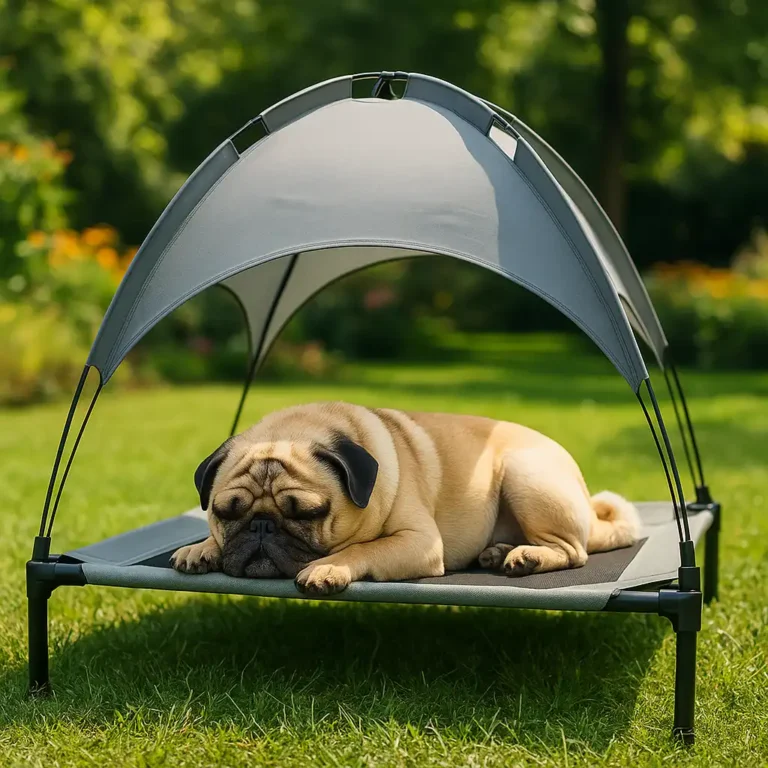Do Ultrasonic Dog Training Devices Work for Pugs?

Disclosure: This post contains affiliate links. As an Amazon Associate, I earn from qualifying purchases—at no extra cost to you.
Training a pug can be both rewarding and frustrating—especially when it comes to barking, stubbornness, or getting their attention. That’s why many dog owners consider using ultrasonic training devices. These tools promise a gentle, no-touch way to curb unwanted behavior. But are they effective for pugs specifically?
Let’s take a closer look at how they work and what other pug parents are seeing in real-world use.
How Ultrasonic Devices Are Meant to Work
Ultrasonic trainers emit a high-pitched sound that only dogs can hear. It’s designed to interrupt behaviors like barking or jumping without using punishment or force. The goal is to grab your dog’s attention and create a moment where you can redirect them.
Some pug owners report that these devices help during high-energy moments—like when the doorbell rings or a neighbor’s cat strolls by. But others say their pug barely reacts or quickly learns to ignore the sound altogether.
Feedback from the Pug Community
According to reports in pug forums and dog training groups, results are mixed. Some people say the ultrasonic tone gives them a few seconds to regain control, especially when paired with verbal cues or treats. Others find their pug unfazed, continuing to bark or act out as if nothing happened.
The takeaway here is that ultrasonic devices may help if used as part of a consistent, reward-based training plan. But they’re unlikely to be effective as a standalone solution—especially for pugs, who tend to be strong-willed and easily distracted.
Is It Safe for a Sensitive Breed Like Pugs?
Most experts agree that ultrasonic training devices are generally safe when used responsibly. But pugs are a sensitive breed, both physically and emotionally. Some may be startled or stressed by the sound, particularly if it’s used too often or too close to their ears.
Watch for signs like flinching, freezing, or trying to hide. If you see any of those, it’s a sign your pug isn’t responding well and it might be better to explore other training options. Use the device sparingly, and always follow up with positive reinforcement so your pug doesn’t associate training with fear or discomfort.
What Actually Works Better with Pugs
Training success with pugs usually comes down to patience, repetition, and positive reinforcement. Treats, praise, and short training sessions tend to work far better than tools that rely on negative stimuli.
Ultrasonic devices might be helpful for quick attention-grabbing in certain moments, like interrupting excessive barking. But over time, building trust and using consistent commands will likely lead to better results—without the need for tech-based shortcuts.
Conclusion
Ultrasonic dog training devices can be useful for redirecting a pug’s behavior, but they’re not a one-size-fits-all fix. Some pugs respond quickly, while others barely notice. These tools tend to work best when used alongside rewards and clear training cues—not as a replacement for them.
If you decide to try one, keep an eye on how your pug reacts. If they seem anxious or unaffected, it may not be the right tool. But if it helps you redirect behavior in the moment, it could be a useful (though limited) part of your training routine.






